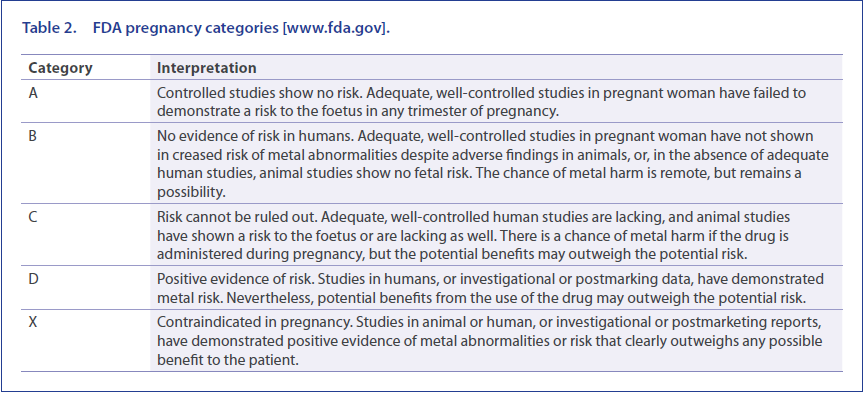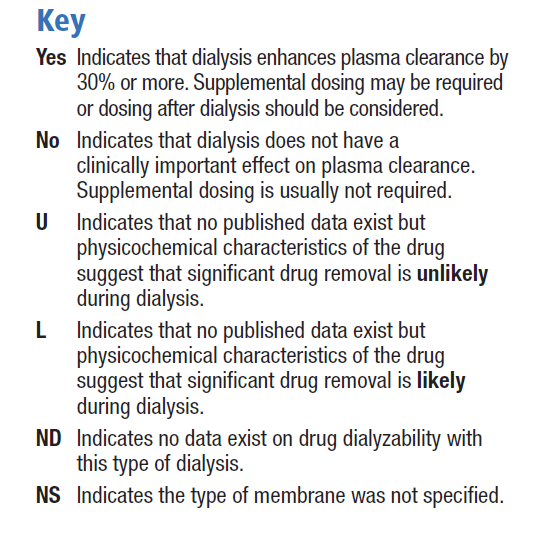According to US Federal Aviation Administration (FAA) advice to pilots, some people are under the impression that if a drug is safe enough to be bought over the counter, without a prescription, then it must also be safe enough to pilot an aircraft whilst under its influence. Statistics show that about 80% of all major aircraft accidents, both military and civilian, usually involve human factors.
For Air Traffic Control Specialists (ATCSs), therapeutic drug guidelines are available, and the recommendations for antihistamines are ‘Antihistamines: Older, sedating type antihistamines (e.g., chlorpheniramine [chlorphenamine; Chlor- Trimeton®, Teldrin®], diphenhydramine [Benadryl®]) and the newer, but still sedating drugs like cetirizine (Zyrtec®), are not acceptable. The newer, non-sedating antihistamines (e.g., fexofenadine [Allegra®], loratadine [Claritin®], desloratadine [Clarinex®]) including decongestant combinations, are acceptable for use by working ATCSs after review by the Regional Flight Surgeon confirming the absence of adverse side effects during a brief trial of the drug. The condition must not adversely affect the ability of the ATCS to perform safely.’
In the case of pilots, and since the effects of a particular drug can be intensified with altitude, it is important that the individual is aware of the effects that any medication might have. Despite the recognised concerns with sedating first-generation antihistamines (e.g. diphenhydramine, chlorphenamine), evidence of inappropriate use was found in 4%–11% of pilot fatalities recorded in civil aviation accidents between 1990 and 2005. Moreover, the use of antihistamines, with or without other drugs and/or alcohol, was considered to be the principal cause in 13 cases, and as a concurrent factor in another 50 cases, out of 338 aviation accidents. Indeed, diphenhydramine is the most common drug found in pilots who have died in aviation accidents.
If the pilot has any concerns about a particular drug then they should consult their local Aviation Medical Examiner (AME). Importantly, the US FAA accepts the use of the secondgeneration non-sedating antihistamines such as loratadine, desloratadine and fexofenadine by airline pilots. The study of antihistamines in airline pilots is facilitated by using altitude chambers (such as the TNO altitude chamber at The Royal Netherlands Center for Man and Aviation facility) which are valuable training devices, providing aviators with the opportunity to experience many of the hazards of high-altitude flight whilst in a controlled and safe environment. Altitude chambers allow study participants to experience unpressurised flight conditions: gas expansion, rapid decompression, hypoxia, and the use of oxygen equipment.
In a study by Valk and colleagues, a single dose of desloratadine 5 mg had no detrimental effects, over a 6-hour period (Stanford Sleepiness Scale 1, 2, 3, 5 and 6 hours after treatment), on sleepiness and performance of tasks associated with flying ability under conditions of simulated cabin pressure (8000 feet [2500 metres]; hypobaric chamber 564 mmHg [75 kPa]). In contrast, patients receiving the first-generation H1-antihistamine diphenhydramine 50 mg showed significant sleepiness at each time point from 1 hour up to, and including, 5 hours.
With respect to bilastine, a recent study (BISCAT), conducted under the supervision of Pierre Valk (TNO, Soesterberg, theNetherlands), evaluated the effects of a single dose of 20 mg on flying ability in healthy male volunteers under conditions of simulated cabin pressure. This was a phase IV, single-centre, randomised, double-blind, placebo-controlled crossover study using single doses of bilastine 20 mg, hydroxyzine 50 mg (as a positive control) and placebo. Between treatment phases, individuals were subjected to a washout period of at least 1 week. Under simulated cabin altitude, subjects were evaluated using the following standard assessment tools: Vigilance and Tracking Task (VigTrack), measuring vigilance and tracking performance (analogous to in-flight tasks undertaken by fighter pilots), and the Multi-Attribute Task (MAT) battery, measuring ability to perform multiple tasks simultaneously (similar to in-flight activities that aircraft crew members have to perform), and the Stanford Sleepiness Scale, measuring subjective sleepiness. For all three assessment tools, the effect of bilastine was similar to that of placebo over the entire 6-hour study period. In contrast, hydroxyzine significantly impaired the ability of subjects to perform each of the evaluative tasks and resulted in a significantly greater increase in sleepiness scores.
As is the case for all second-generation antihistamines, it is prudent to advise patients for whom psychomotor performance is critical to undertake a trial of treatment to establish their individual response to bilastine prior to performing such tasks. It is also worth informing them that rarely some individuals may experience drowsiness which may have a detrimental effect on their psychomotor skills.
The same considerations apply to the use of bilastine in individuals performing other tasks requiring psychomotor skills such as driving a car. The ‘real-life’ effect of bilastine on driving performance was assessed in an on-the-road driving test in a double-blind, four-way crossover study in 22 healthy volunteers who randomly received the recommended dose of bilastine (20 mg) or double the recommended dose (40 mg) once-daily, hydroxyzine 50 mg (active control) or placebo for 8 consecutive days [25]. The primary efficacy variable, SDLP (standard deviation of lateral position) in the road-tracking test, was assessed on the first and eighth day of each treatment period. There were no significant differences between bilastine 20 mg or double the recommended dosage (40 mg) and placebo in terms of SDLP values on days 1 and 8. In contrast, despite a reduction in the degree of driving impairment by the eighth day of treatment, SDLP was significantly increased with hydroxyzine compared with placebo on both evaluation days, demonstrating a lack of tolerance over time to its sedative effects. Importantly, there were no effects on driving performance after single and repeated doses of bilastine, thus suggesting its safe use in traffic at doses up to 40 mg.
In a positron emission tomography (PET) study in healthy volunteers, the brain histamine-1 receptor occupancy of bilastine (after a 20 mg dose) was significantly lower than that of hydroxyzine (25 mg) in all five regions of the cerebral cortex. Bilastine was not associated with subjective sedation or objective impairment of psychomotor performance. This demonstrates the low potential for bilastine to penetrate the blood-brain barrier. Thus, bilastine has satisfied relevant pharmacological, clinical (subjective and objective) and PET criteria to be considered as a reliable non-sedating antihistamine.








